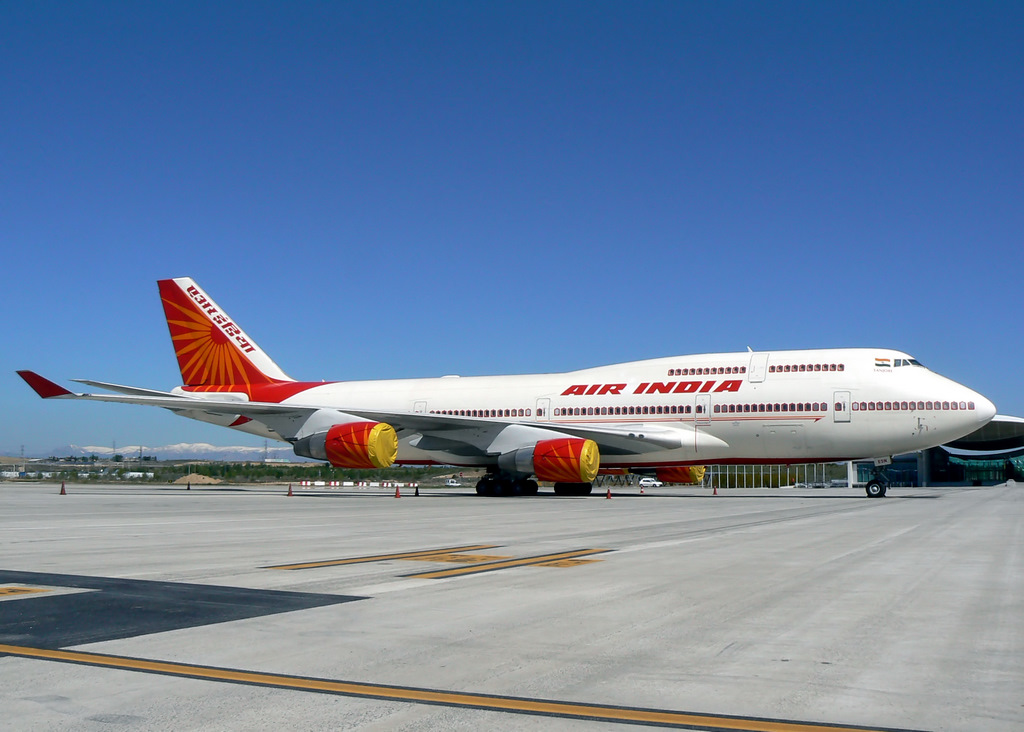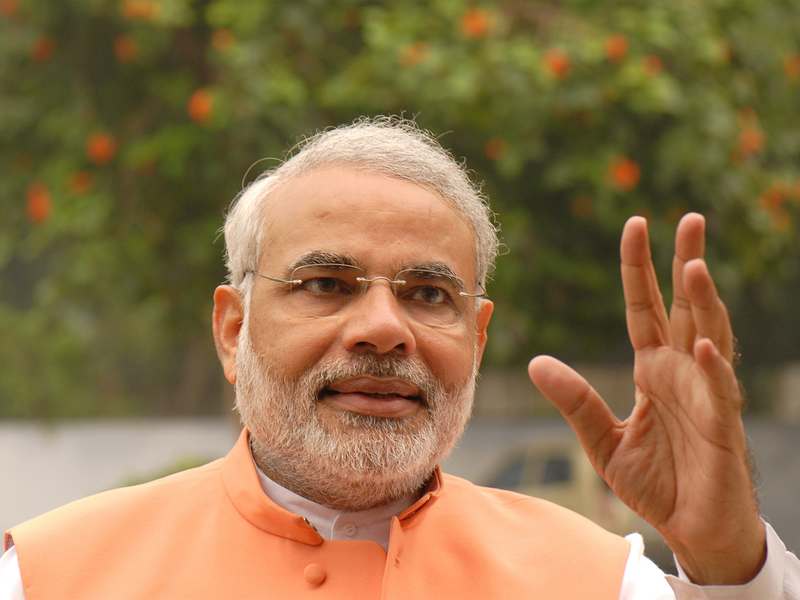
Debates on many issues in India, ultimately boil down to India’s huge population.
During the course of such debates, many educated Indians feel that India’s population is responsible for a bulk of its problems and needs to be controlled.
They are unable to distinguish between India’s huge population and the need to control it. Allow me to explain.
As per the National Health Survey of 2015-2016, the fertility rate in India stood at 2.2. This basically means that on an average 1000 women have 2,200 children, during their child-bearing years. In 1981, it was at 4.5. In 2001, it was 3.1. Slowly but steadily, things have improved on this front.
People have fewer children once they see their children survive. The infant mortality rate, or the number of infants who die before reaching one year of age for every 1,000 live births during the course of a given year, has been falling. In 2016, the infant mortality rate in India stood at 34. In 1996, this had stood at 75.
As Hans Rosling, Ola Rosling and Anna Rosling Rönnlund write in Factfulness—Ten Reasons We’re Wrong About the World – And Why Things Are Better Than You Think: “Parents in extreme poverty need many children… for child labour but also to have extra children in case some children die… Once parents see children survive, once the children are no longer needed for child labour, and once the women are educated and have information about and access to contraceptives, across cultures and religions both the men and the women instead start dreaming of having fewer, well-educated children.”
In the Indian case, while we can debate the well-educated bit, surely parents are having fewer children.
As mentioned earlier, the fertility rate in India stood at 2.2 in 2016. Not surprisingly, poorer states like Uttar Pradesh, Bihar, Rajasthan and a few states in the North-East, have higher fertility rates. These states also have high infant mortality rates.
As the Roslings write: “Every generation kept in extreme poverty will produce an even larger next generation. The only proven method for curbing population growth is to eradicate extreme poverty and give people better lives, including education and contraceptives. Across the world, parents then have chosen for themselves to have fewer children. This transformation has happened across the world but it has never happened without lowering child mortality.”
As the National Health Survey points out: “Women with no schooling have an average 3.1 children, compared with 1.7 children for women with 12 or more years of schooling.”
The replacement rate or the level of fertility of women at which the population automatically replaces itself, from one generation to the other, typically tends to be at 2.1.
Further, given India’s high infant mortality rate, in comparison to the developed countries, the fertility rate is perhaps already at the replacement level.
In fact, the fertility rate in urban India is at 1.8, whereas in rural India, it is 2.4. Interestingly, as the National Health Survey points out: “Twenty-three states and union territories, including all the states in the south region, have fertility below the replacement level of 2.1 children per woman.”
The broader point here is that India is close to stabilising its population. Of course, this is not going to happen overnight and will take a few decades to pan out. As per the National Population Policy of 2000, India’s population should stabilise at 145 crore in 2045.
Also, the good thing is that India did not adopt a compulsory one child policy like China did. Given the preference for boys, it would have led to selective abortions, like happened in China. This is not to say that selective abortions don’t happen currently, but the situation would have been even worse.
The sex ratio at birth in 2016 was 940 females to a 1000 males. With a one child policy, the sex ratio would have been lower than its current level. And this would have had other repercussions.
To conclude, while India has a huge population, we have clearly reached a stage where the population will stabilise in the next few decades.
The column originally appeared in the Bangalore Mirror on April 25, 2018



